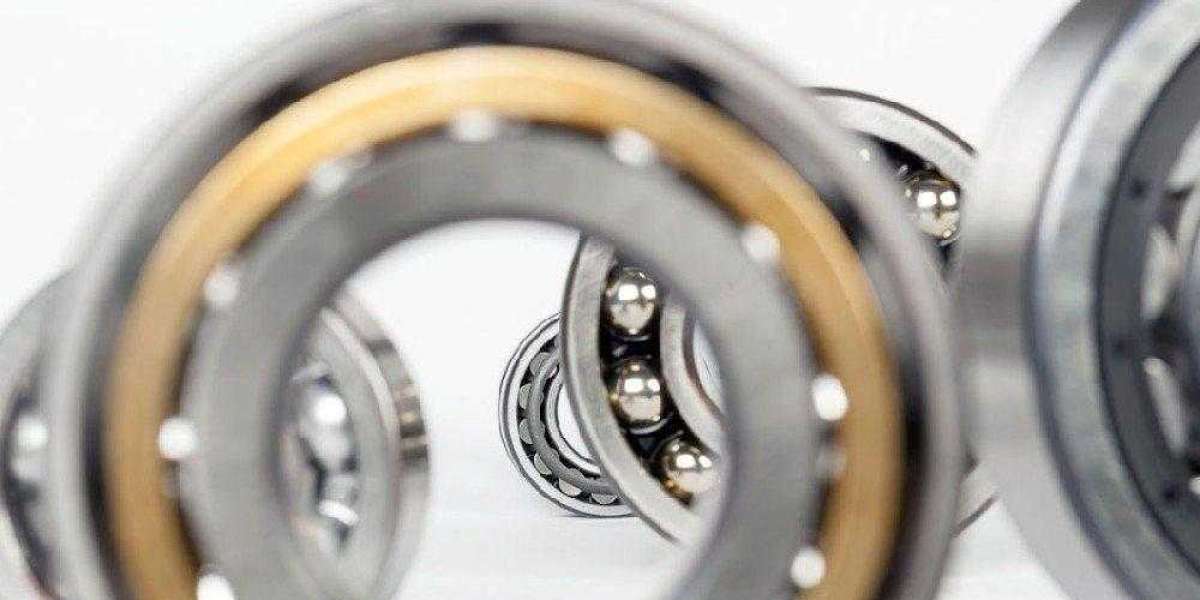In the world of modern automation, where precision, speed, and reliability are non-negotiable, robot arm bearings have emerged as a key component driving innovation. From advanced manufacturing floors to cutting-edge surgical robots, these highly engineered bearings play a pivotal role in enabling smooth, controlled, and repeatable motion across robotic systems.
The Backbone of Robotic Efficiency
Robot arms are the mechanical muscles of automation. They lift, rotate, assemble, and position with a level of accuracy that outperforms human capabilities. At the heart of their smooth operation are robot arm bearings—specialized components designed to reduce friction, support loads, and maintain alignment through thousands of motion cycles.
Unlike standard bearings, robot arm bearings are engineered for high rigidity and precision. They must support multi-directional loads while enabling seamless motion in compact, lightweight designs. Whether in six-axis robotic arms used for welding, or delicate robotic fingers for surgical procedures, these bearings ensure performance doesn't waver under demanding conditions.
Built for High Precision Environments
Robotics demands more than just basic rotation. Applications such as pick-and-place machines, automated inspection systems, and collaborative robots (cobots) operate in environments where microns matter. A single misalignment can lead to a critical error or system downtime. That's why high-performance robot arm bearings are designed with exacting tolerances, ensuring they perform flawlessly under dynamic and static loads alike.
Manufacturers rely on angular contact, crossed roller, and thin-section bearings to meet the specific needs of robotic systems. Each type offers unique advantages—angular contact bearings are ideal for high-speed performance, crossed roller bearings provide excellent load handling in multiple directions, and thin-section bearings allow for compact, lightweight designs without compromising on strength.
Durability That Matches Demands
In an industrial setting, robot arms must function continuously for thousands of hours without failure. Robot arm bearings are constructed from premium materials such as chrome steel or stainless steel and are often coated or sealed to resist corrosion, dust, and debris. Some even feature special lubrication systems to minimize wear and extend maintenance intervals.
This durability translates into real-world savings. Longer lifespan and reduced downtime mean increased productivity, lower total cost of ownership, and higher return on investment for businesses.
Supporting Innovation Across Industries
From aerospace and automotive to electronics and healthcare, robot arm bearings are enabling robotics to take on more complex tasks. In the automotive industry, robot arms equipped with precision bearings perform spot welding, painting, and assembly with unmatched consistency. In electronics, they handle delicate components with surgical accuracy. In medicine, robotic systems equipped with these bearings assist in minimally invasive surgeries with extraordinary steadiness and control.
As the demand for smart manufacturing and AI-driven automation continues to rise, the role of robot arm bearings will become even more critical. These components are not just mechanical parts—they are enablers of progress in an increasingly automated world.
Conclusion
In the race toward smarter, faster, and more efficient automation, choosing the right robot arm bearings is not just a technical decision—it's a strategic one. Their performance can make or break the reliability of a robotic system. Investing in high-quality, precision-engineered bearings means investing in the future of your automation success. Whether you're designing industrial robots or medical-grade robotic arms, ensure that the motion behind your innovation is powered by the very best.
 Meet Ups
Meet Ups
 Experiences
Experiences
 Learning Center
Learning Center
 Accommodation
Accommodation
 Roomie
Roomie
 Ride
Ride
 Spread the Word
Spread the Word
 Student Bazaar
Student Bazaar
 Jobs
Jobs
 Blogs
Blogs
 Sur StudentInsta
Sur StudentInsta

